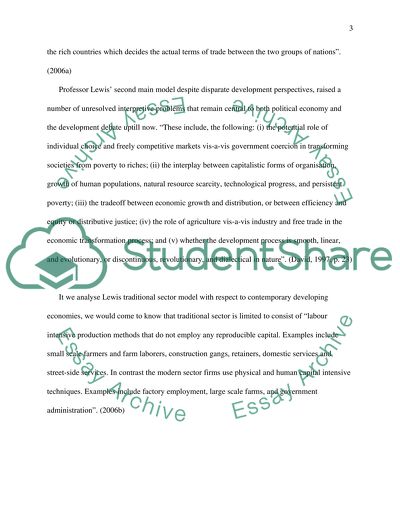Cite this document
(The Role of Labor Supply Essay Example | Topics and Well Written Essays - 1750 words, n.d.)
The Role of Labor Supply Essay Example | Topics and Well Written Essays - 1750 words. Retrieved from https://studentshare.org/macro-microeconomics/1502839-economic-development
The Role of Labor Supply Essay Example | Topics and Well Written Essays - 1750 words. Retrieved from https://studentshare.org/macro-microeconomics/1502839-economic-development
(The Role of Labor Supply Essay Example | Topics and Well Written Essays - 1750 Words)
The Role of Labor Supply Essay Example | Topics and Well Written Essays - 1750 Words. https://studentshare.org/macro-microeconomics/1502839-economic-development.
The Role of Labor Supply Essay Example | Topics and Well Written Essays - 1750 Words. https://studentshare.org/macro-microeconomics/1502839-economic-development.
“The Role of Labor Supply Essay Example | Topics and Well Written Essays - 1750 Words”, n.d. https://studentshare.org/macro-microeconomics/1502839-economic-development.


